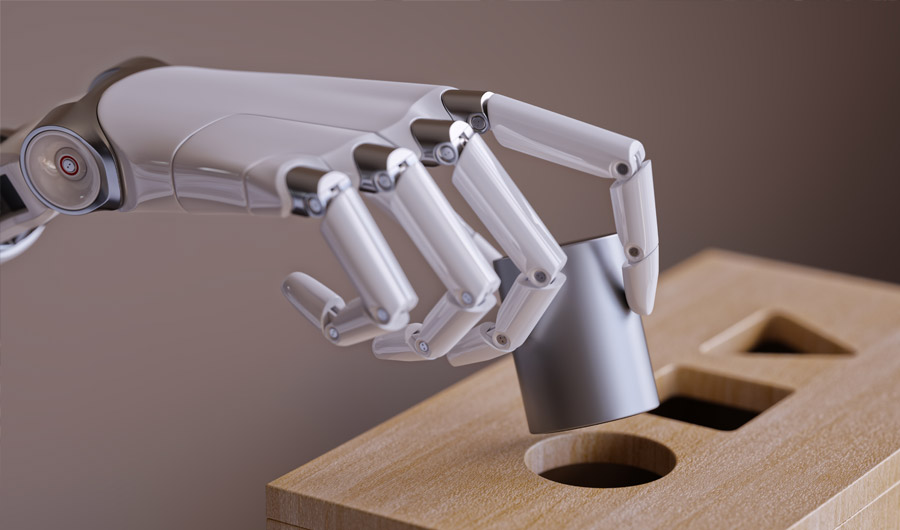Artificial Intelligence Helps Hunt Down Superconductors

maxuser via Shutterstock
(Inside Science) -- Finding the next miracle material can be a tedious process. Thomas Edison and his fellow researchers famously tested thousands of materials before finding the right one for making lightbulb filaments. The search for superconductors, and in particular materials that can sustain superconductivity up to room temperature, is perhaps a modern-day equivalent.
“The fact is, if you give me a material, I can’t tell you if it’s a superconductor or not. I’ll have to measure it,” said Valentin Stanev, a materials scientist from the University of Maryland in College Park.
So Stanev and his colleagues designed a machine learning algorithm to help with the trial-and-error search.
They fed the algorithm the most comprehensive datasets on known superconductors, materials that put up zero electrical resistance. The so-called SuperCon database includes tens of thousands of different materials’ chemical makeup and their critical temperatures, or the highest temperature superconductivity can occur in the material. The researchers used 85 percent of the data to train their algorithm. Afterwards, the algorithm was able to predict the critical temperature for a material from the remaining 15 percent of the database with 90-95 percent accuracy.
However, further testing showed the algorithm is limited by its training data, as expected. When the researchers intentionally limited the training data to one kind of superconductor, the algorithm failed to predict superconductivity in a different family of materials.
“It can’t invent new physics,” said Stanev. In other words, the algorithm can only predict new superconductors when the dataset already includes similar superconductors.
Even though the machine learning approach can’t unearth brand new kinds of superconductors, it can help quickly identify the most promising materials from a newly discovered superconductor family. After all, it took about seven years for scientists to go from discovering the first copper-based superconductor to finding the recipe for the one with the highest known superconducting temperature at room pressure. A machine learning approach might speed up this process for the next discovery.
Stanev presented the research on Monday at a meeting of the American Physical Society in Boston. More details about the findings can be found in a paper the team published last year in the journal npj Computational Materials.

